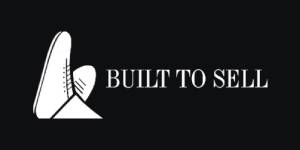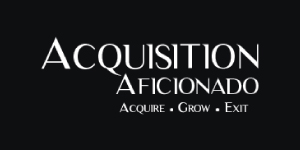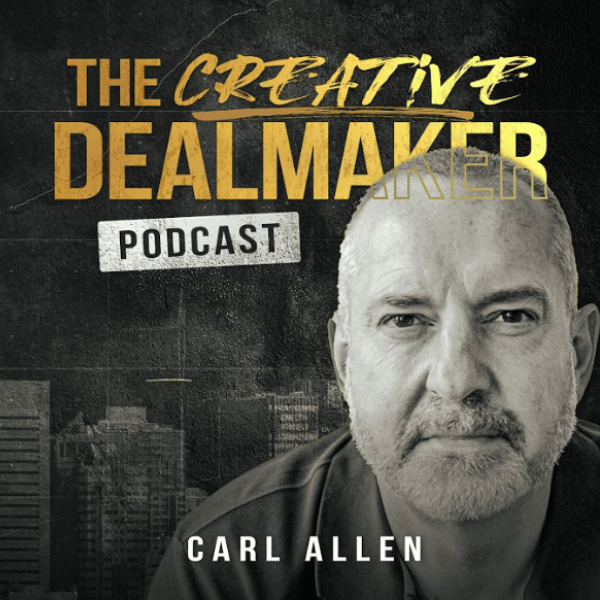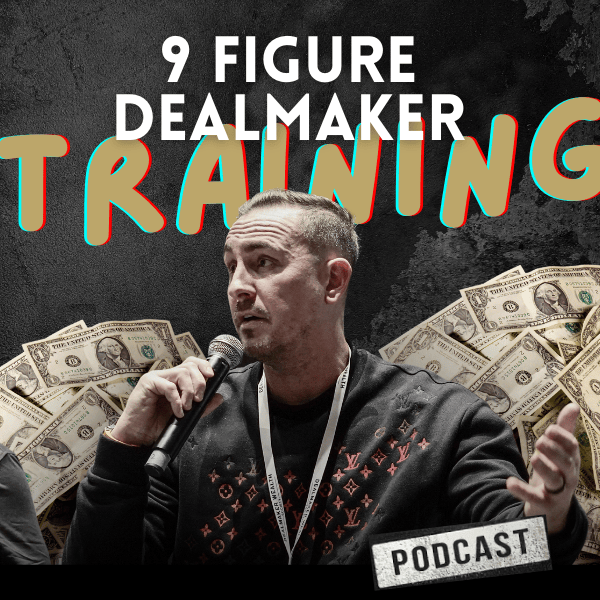How to Do Deals in the Professional Services Sector
How to Do Deals in the Professional Services Sector

It’s time for another sector deep dive… one I’ve gotten asked about in the mailbag often.
I’m talking about professional services agencies.
Though this covers multiple types of businesses, the deal dynamics are the same.
Sector Analysis
Professional agencies are typically B2B businesses that include (but are not limited to):
- Marketing agencies
- Digital media agencies
- PR firms
- Human Resource (HR)/Staffing firms
- IT services firms
- Advertising agencies
- Recruitment consultancies
- Web design firms.
You’ll notice that I haven’t included professional services firms like accounting, legal, architectural firms, etc. that require specialist qualifications and licenses. (I will do that in a future piece.)
All of the above are people-centric businesses. They deliver services versus products.
It’s therefore no surprise that the biggest overhead cost in these businesses is usually the people.
That’s why these businesses also typically have no assets of material value (i.e., real estate, fixed assets, etc.)… EXCEPT for accounts receivable (AR), also called trade debtors in Europe.
This is also why there are typically no barriers to entry. Anyone can set up shop in these markets. Most require unlicensed workers with little experience to start.
For example, you could start a HR agency if you’ve worked in HR for a large corporation for just a year. As you know, I personally think it’s crazy to start one from scratch instead of buy an existing one… but it’s far more common that you think.
These types of businesses are also not typically not systematized. Digital marketing agencies are, but the rest of the list typically are not.
Instead, they are very dependent on human capital. The value of the business resides in the personal client relationships the employees have. If the employees leave (and they do regularly), expect their clients to follow. It’s a tough market.
Because the barriers to entry are so low, these professional services agencies are hyper-competitive — it’s tough to differentiate themselves from one another on anything other than price… and maybe how white-glove their account management is.
In order to make themselves more price competitive and maximize profit margins, a lot of the fulfillment has migrated significantly to lower cost economies like India and the Philippines in the past 10 years.
This is true of a friend of mine who owns a digital marketing agency. She’s the only U.K.-based employee. All the other work is done in Asia.
Deal Valuation & Structure
Professional services firms will have two types of customers:
- Customers that receive invoices and pay on terms, thereby generating AR. That’s a working capital asset that can be leveraged.
- Customers that pay monthly either through regular wire (standing order) or credit card.
I’m going to show you how to structure both types of deals. One will leverage AR financing for the closing payment. The other will involve a cash flow lend because there will be no AR to leverage for an asset-based loan.
For all the reasons listed in the sector section above — in particular the low barriers to entry and high levels of competition — agency deals tend to sell for a maximum 3X multiple, with 2X to 2.5X being a more realistic range.
Seller financing is also very common — I’d say you see it in at least 50% of deals.
So let’s take a typical agency and run the two deal structures…
Revenue = $1,000,000
Overhead = $850,000
Margin = 15% (strong for an agency)
EBITDA = $150,000
At a 2.5X multiple, the enterprise value (EV) for the business would be around $375K. If there was surplus cash or real estate, you would ADD these to the EV. Reciprocally, debt would be deducted from EV.
For simplicity, let’s assume both to be nominal.
Say this business is worth $375K. Here’s how we could finance it:
1) Accounts Receivable (AR) Financing
Let’s assume the business has average payment terms of 90 days for its clients.
Thus, the AR balance will be the annual revenue/365 x 90, or $1,000,000/365 x 90= $246,575.
An AR financier will typically lend 80% on that, say $197K.
Assume your closing costs and fees run you about $25K, leaving you with $172K for the closing payment.
To keep the math simple, assume you agreed to a total deal consideration of $372K:
- $172,000 closing payment
- $200,000 in seller financing.
Assume the seller financing is paid over four years with 10% interest, so $55K per year. Also assume there’s $15K in interest payments and other charges on the revolving AR facility (you don’t need to repay the principal since you will use it for working capital post-closing).
Your annual debt service for the next four years is:
Seller Financing = $55,000
AR Facility Fees = $15,000
Total Debt Service = $70,000
Since the current EBITDA is $150K, your cover ratio is: $150,000 / $70,000 = 2.14.
Remember, we look for the cover ratio to be 1.5 or more, so ours is nice and healthy. As the owner, you would net the difference of $80K per year.
If you wanted, you could easily use this to negotiate to pay the seller financing over a shorter period and thereby lower the valuation. Up to you.
Now let’s look at how to structure the deal if there was no AR…
2) Cash Flow Lend
In this case, assume the customers pay monthly via credit card or bank transfer so there are no real assets to speak of.
In this case, you will need a cash flow lend.
Virtually ALL cash flow lends need up to 20% equity contribution from the buyer.
Let’s assume the seller wants $200K at closing, and the remaining $172K in seller financing.
Accounting for your $25K in fees, you’ll need $225K in financing at close. A lender will want $45K of the buyer’s cash in order to pledge the remaining $180K in cash flow financing.
If you don’t have $45K in cash, partner with an angel investor who will own a minority stake for the equity participation. In our case, let’s assume we take on an investor who will receive a 30% split of profits.
The cash flow loan will typically be amortized over 5 years with 10% interest. On $180K pledged, the monthly payment (capital + interest) will be $3,824, or $45,888 per year.
The seller financing will be $172K / 4 years = $43K per year. Tack on 10% interest and that becomes $47,300 annually.
So the annual debt service here would be:
Seller Financing = $47,300
Loan Repayment = $45,888
TOTAL Debt Service = $93,188
The cover ratio is $150,000 / $93,188 = 1.61. Not as good as in the first scenario, but still greater than 1.5 so we’re okay.
However, the free cash flow is much lower: $150,000 – $93,188 = $56,812 (compared to $80K above.)
And remember, 30% of that cash belongs to the equity investor, leaving you with = $39,768.
That’s 50% LESS than the AR method, so buying an agency with AR is a major advantage.
Agency deals are borderline as stand-alone deals in my opinion. If you really want to close deals in this sector, aim to roll-up at least two in order to generate financial synergies to boost cash flow.
That’s it for this sector deep dive.
Until next time, bye for now.
















